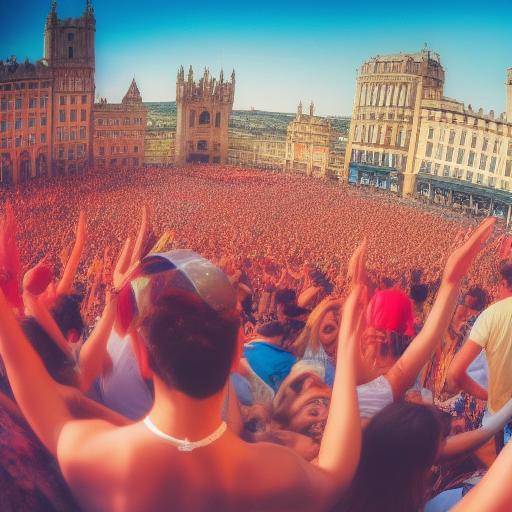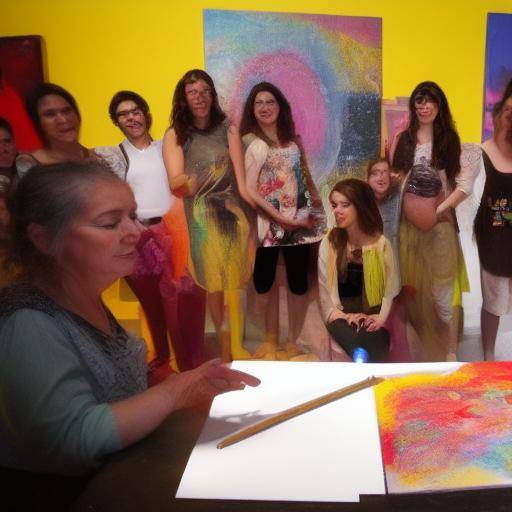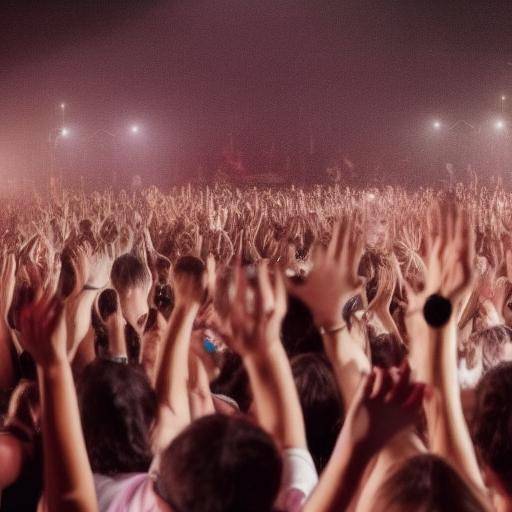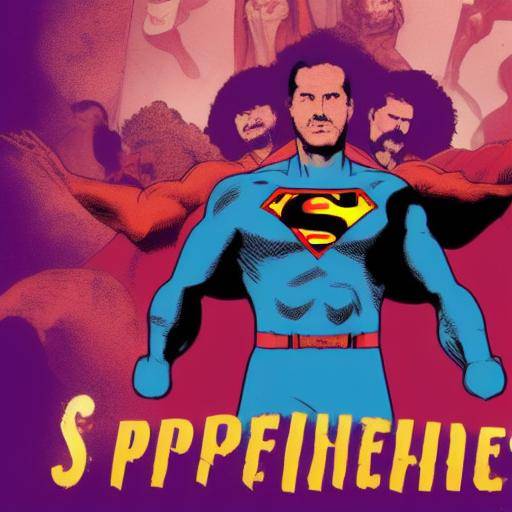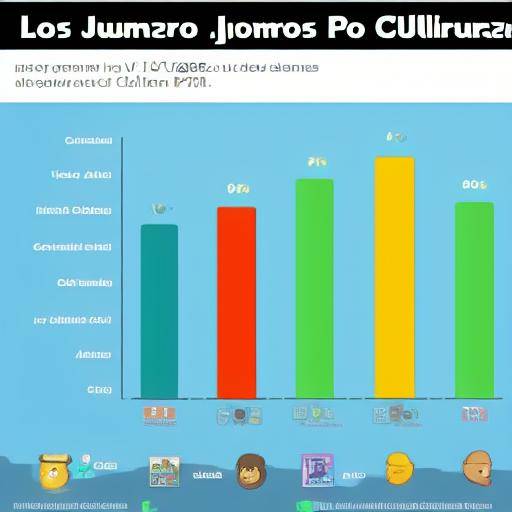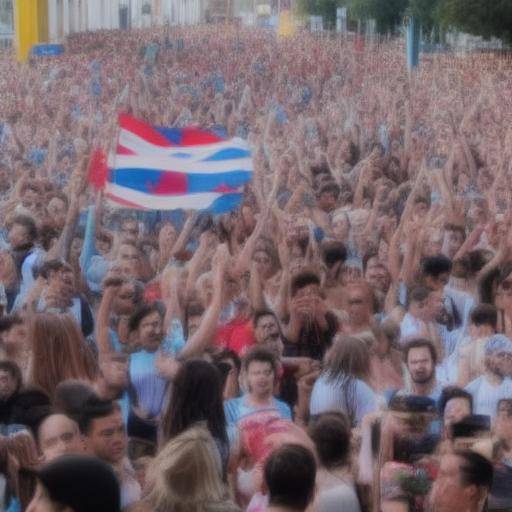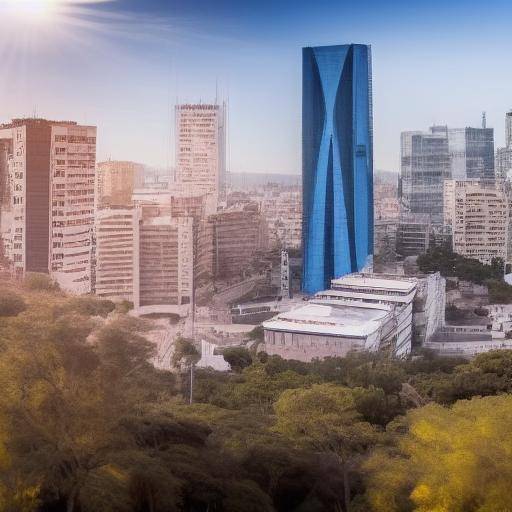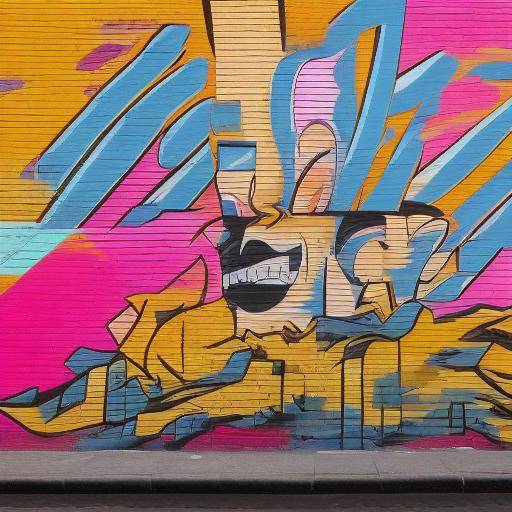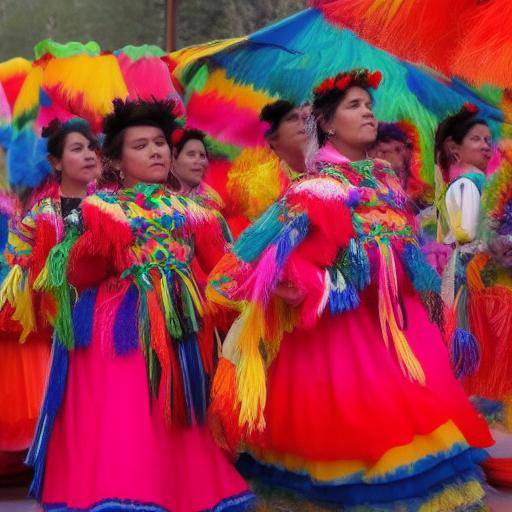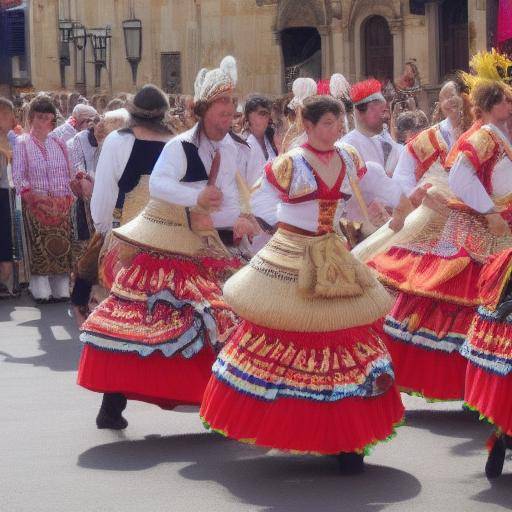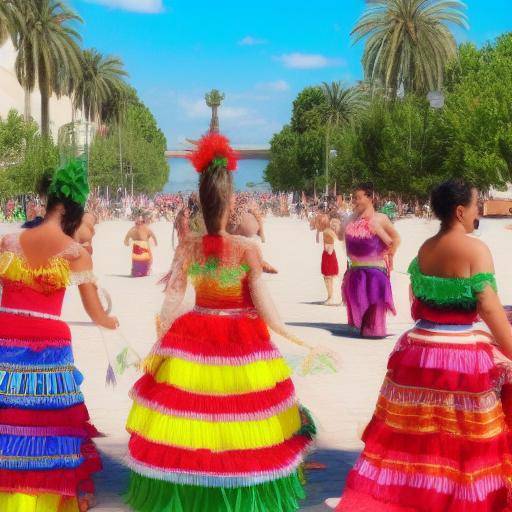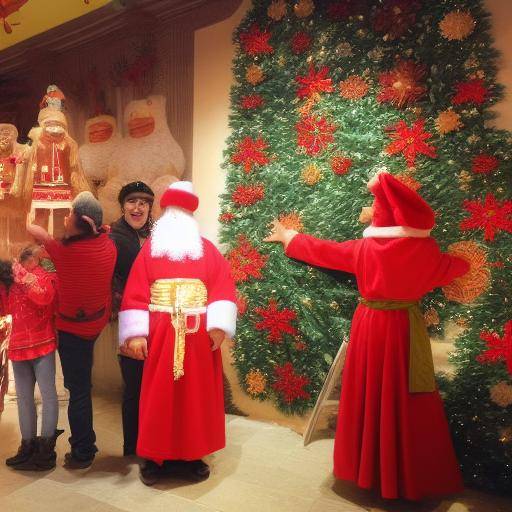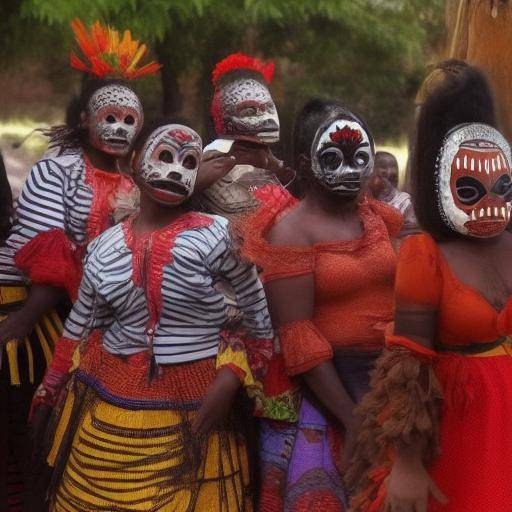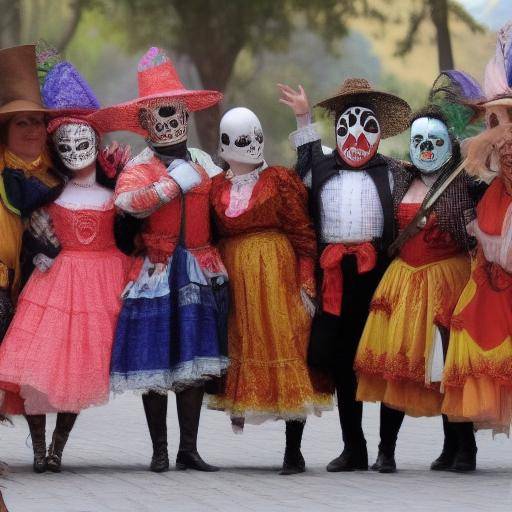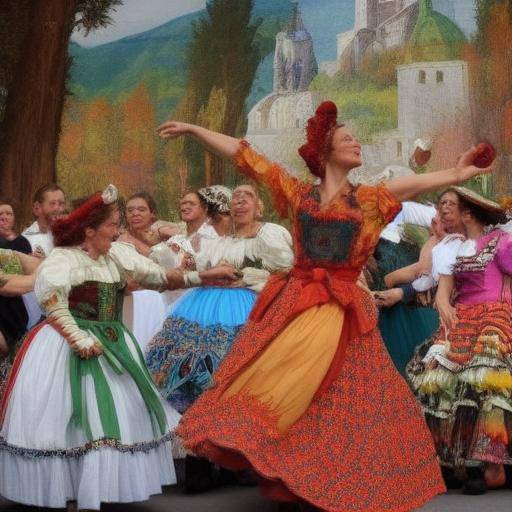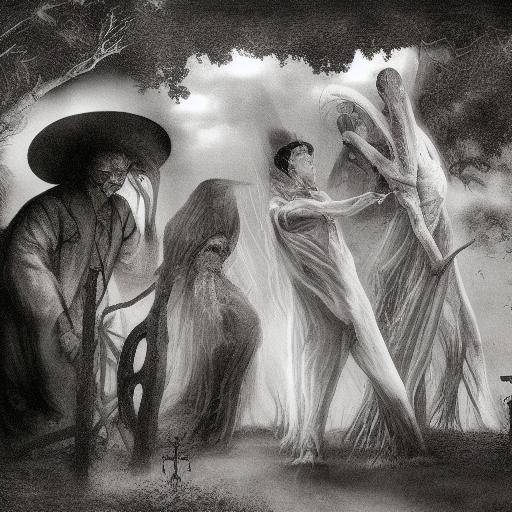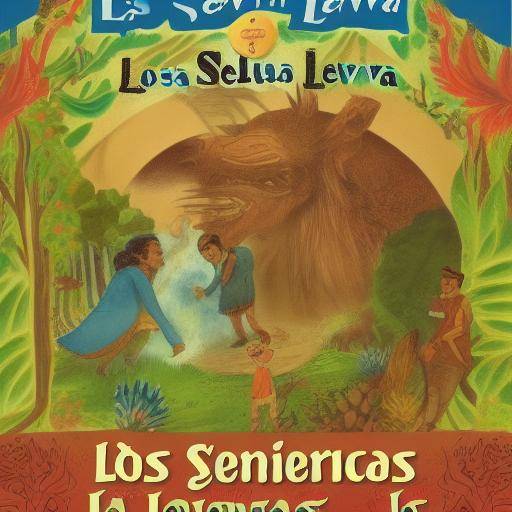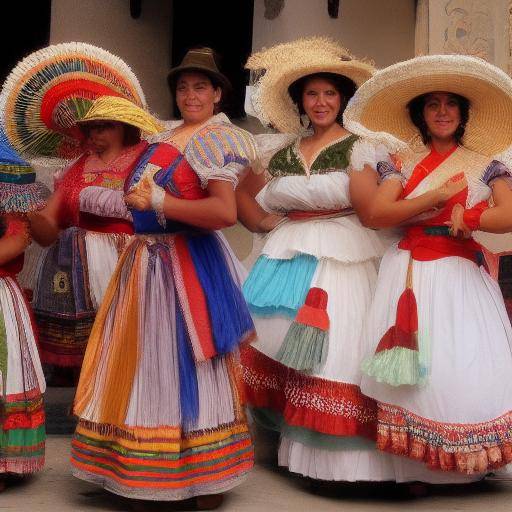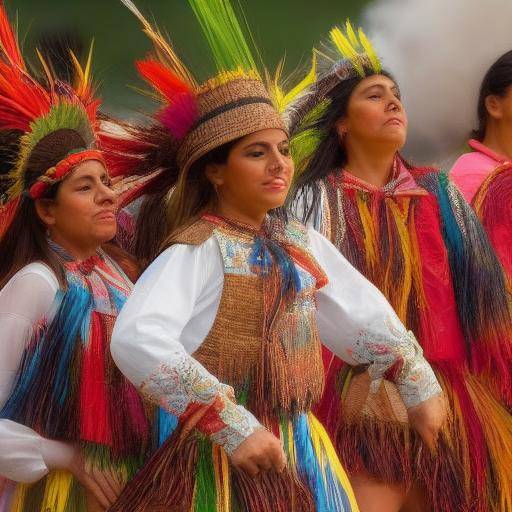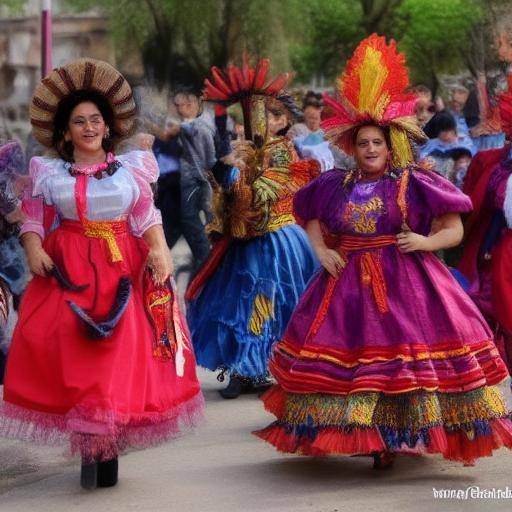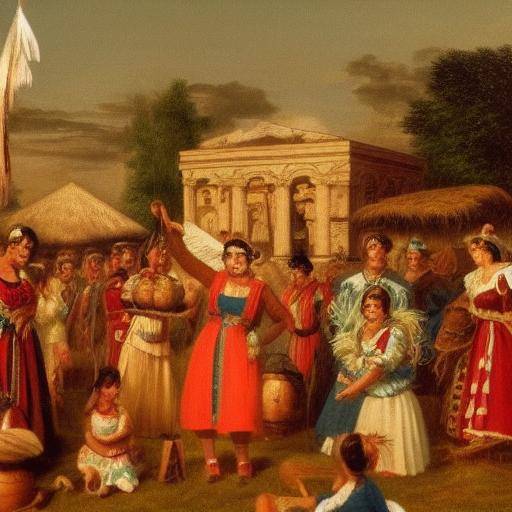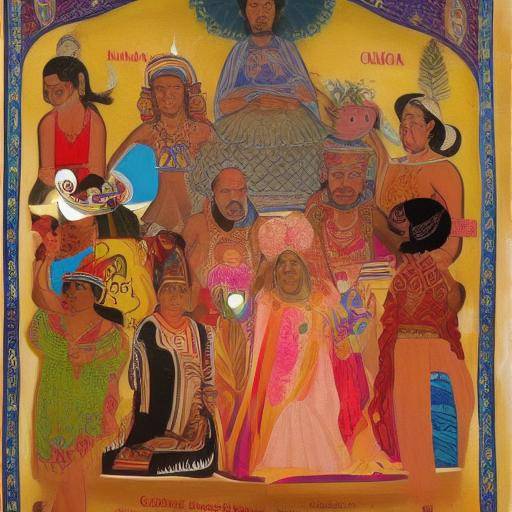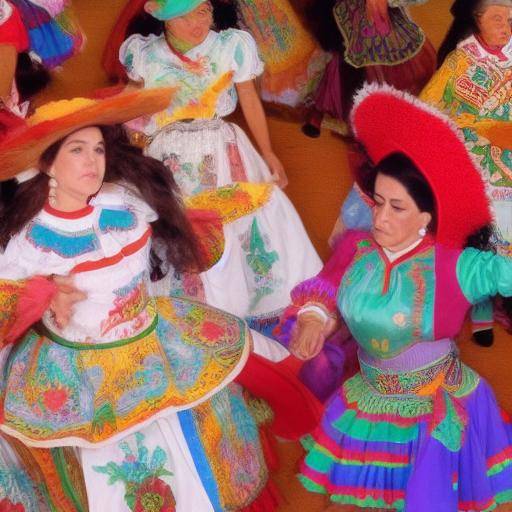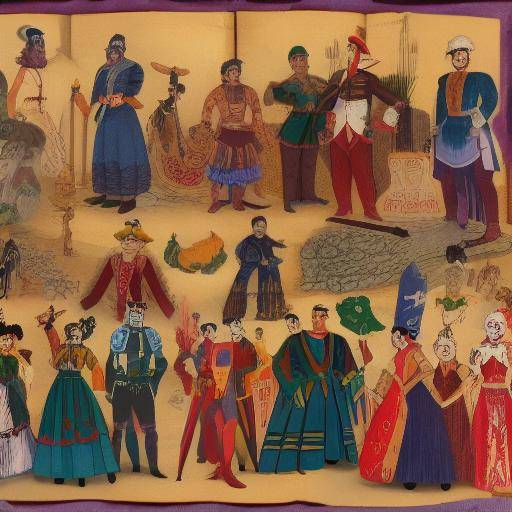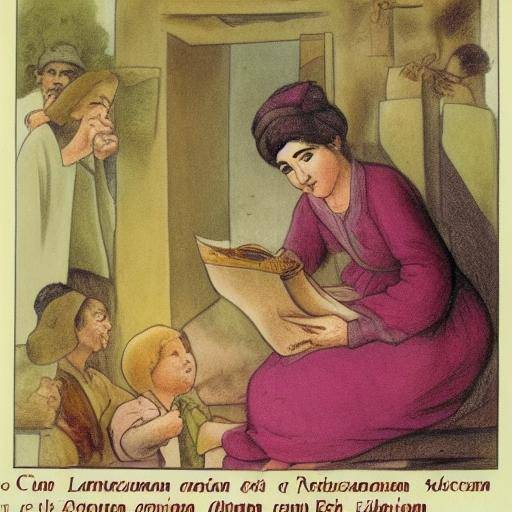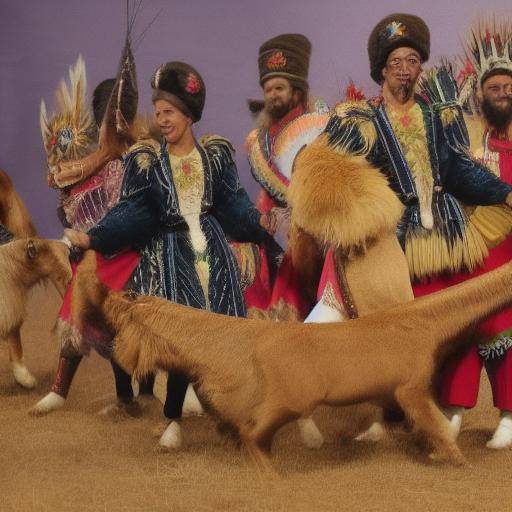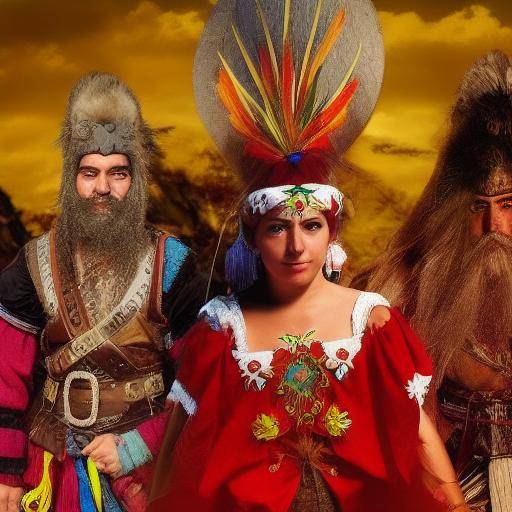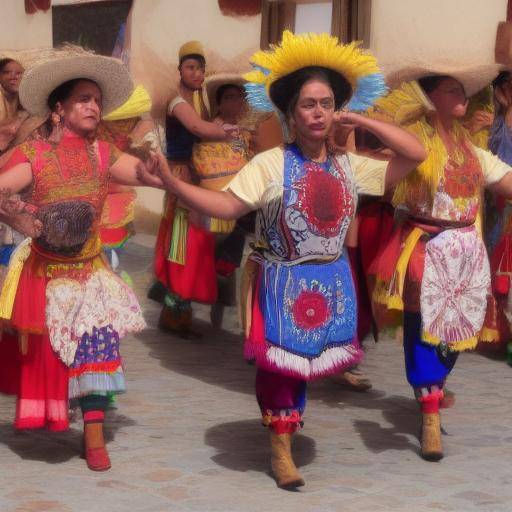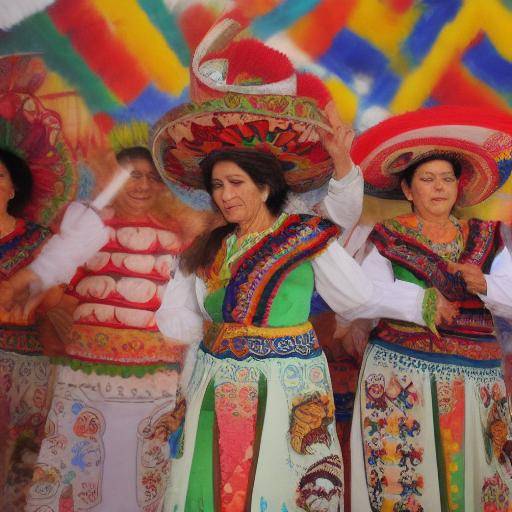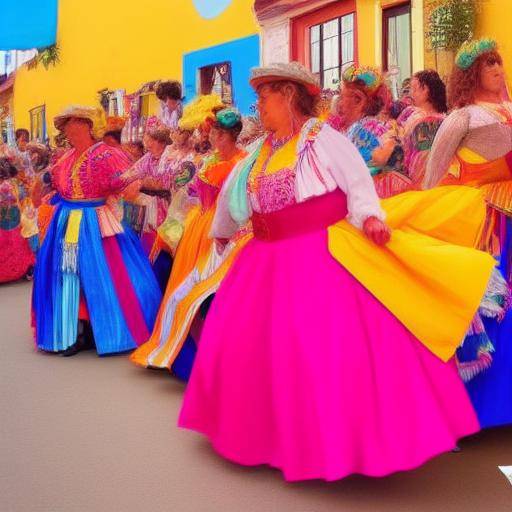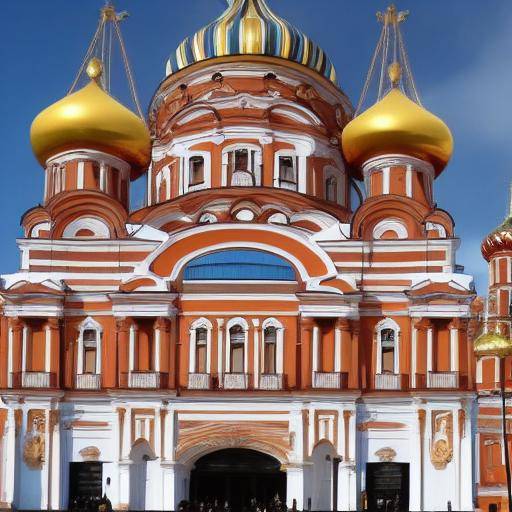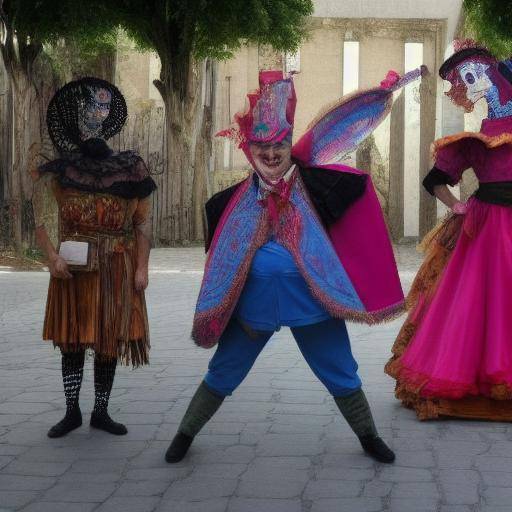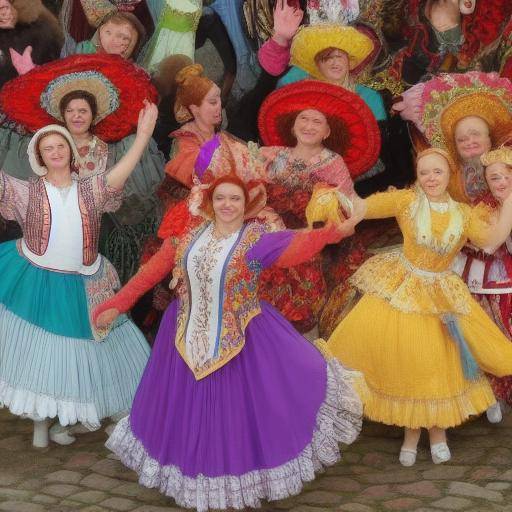
Spring is a time full of color, joy and holidays in Latin America. During this season, different countries of the region celebrate unique traditions that reflect their rich cultural heritage. In this article, we will thoroughly explore the spring holidays in Latin America, the traditions rooted in the culture of the region and its historical and contemporary importance.
Introduction
The arrival of spring arouses a vibrant and festive essence in Latin America, where traditions and festives intertwine with diverse and colorful culture. From religious celebrations to folk festivals, the region is filled with events that reflect the ancestral heritage and the vitality of its people.
In this article, we will explore the most outstanding spring festivities in Latin America, as well as history, cultural significance and the many traditions that enrich this time of year in the region. We will also address their implications for collective identity and their influence on tourism and the local economy.
History and Background
The spring festivities in Latin America have deep roots that go back to pre-Columbian civilizations, amalgamated with traditions brought by the Spanish and Portuguese colonizers. The arrival of spring marked the beginning of significant agricultural cycles for these cultures, and their celebrations were filled with rituals to honor the gods of fertility and abundance.
One of the most emblematic examples is the celebration of the "Inti Raymi" among the Andean peoples, a ceremony commemorating the Sun god and the rebirth of nature. With the arrival of the conquerors, these festivities merged with Catholic religious celebrations, giving way to a symbiosis of traditions that last to the present.
Cinco de Mayo in Mexico
The Cinco de Mayo is a festive rooted in the history of Mexico, which commemorates the Battle of Puebla, in which the Mexican army defeated the French forces. This date is an occasion to honor the courage and determination of the Mexican people, and is celebrated with parades, traditional dances and folk music.
Carnival in Brazil
The Carnival of Brazil is one of the most recognized festivals worldwide, characterized by dazzling samba parades, colorful floats and vibrant music. This celebration, which marks the beginning of Lent, represents an explosion of joy and cultural diversity, attracting visitors from all corners of the planet.
Deep analysis
The spring holidays in Latin America not only constitute cultural celebrations, but also have a significant impact on the region's tourism and economic development. According to recent data, these events attract millions of tourists every year, generating substantial income for local communities and contributing to the promotion of cultural heritage.
Economic and Tourist Impact
The Cervantino International Festival in Mexico, which takes place during the spring, is a clear example of how cultural holidays can boost tourism and boost the local economy. This event attracts artists, writers and spectators from around the world, making the city of Guanajuato a global platform for the dissemination of culture and arts.
Challenges and Opportunities
Despite its importance, spring holidays also face challenges in the modern era, such as the preservation of ancestral traditions against globalization and the marketing of celebrations. In this regard, it is essential to find a balance between tourism promotion and respect for the authenticity of the holidays, safeguarding their cultural legacy for future generations.
Comprehensive review
The spring holidays in Latin America are an authentic manifestation of the collective identity of the region, enriched by the diversity of cultural expressions. From traditional dances to elaborate crafts and festive gastronomy, these celebrations reflect the creativity and tradition rooted in the very essence of Latin America.
Holy Week in Latin America
Holy Week is a religious celebration of great importance in Latin America, marked by deeply rooted traditions that vary from country to country. In this period, the streets are filled with solemn processions, living theatrical performances and special culinary preparations, which constitute a living expression of the faith and devotion of the community.
Flowers Fair in Colombia
The Feria de las Flores in Medellín, Colombia, is an emblematic festival that celebrates the biodiversity and natural wealth of the region. During this celebration, the streets are adorned with spectacular floral arrangements, parades of floats and contests that pay homage to the beauty of the flowers, making it a festival of joy and color.
Comparative analysis
By comparing spring holidays in Latin America, there is a fascinating diversity of cultural traditions and expressions that reflect the unique identity of each country. While some celebrations are permeated with religious aspects, others highlight the exuberance and creativity of artistic and folkloric manifestations.
Cultural syncretism
Cultural syncretism is a distinctive feature of spring festivities in Latin America, where indigenous, African and European influences converge to shape unique and syncretic expressions. In festivals such as Inti Raymi or Carnival, there is evidence of the fusion of beliefs, customs and traditions that enrich the cultural heritage of the region.
Diversity of Celebrations
Throughout Latin America, the variety of spring festivities is amazing, from the Andean rituals of sun worship to the carnival celebrations that flood the streets of Rio de Janeiro. Each manifestation is a faithful reflection of the cultural wealth and plurality of traditions present in the region.
Applicable Tips and Recommendations
If you want to experience the spring holidays in Latin America, here are some practical tips that will help you enjoy these cultural celebrations to the fullest:
- Plan your visit in advance: Make sure you know the exact dates of the holidays that interest you, as well as the special events that will take place during those days.
- Dive into the local culture: Take the opportunity to familiarize yourself with the traditions and customs of each celebration, interacting with the community and participating in the programmed activities.
- Respect the environment and diversity: During the holidays, respect the cultural and natural heritage, avoiding behaviors that may affect the development of the celebrations or the environment in which they are held.
Conclusions and FAQs
Conclusions
The spring holidays in Latin America are a vibrant and diverse expression of the region's cultural wealth, which transcends borders and connects communities through art, music and shared traditions. Their value goes beyond entertainment, as they constitute a living legacy that deserves to be preserved and celebrated.
Frequently asked questions
What are the most representative spring holidays in Latin America?
Latin America hosts a wide range of spring festivities, including the Carnival of Brazil, Easter in several countries, the Feria de las Flores in Colombia and the Cinco de Mayo in Mexico, among others.
What role do spring festivals play in promoting tourism in Latin America?
Spring holidays have a significant impact on tourism in Latin America, attracting millions of visitors every year and generating income for local communities.
How are traditions preserved in a globalized world?
The preservation of traditions in a globalized world is a constant challenge, but it is essential to promote respect for the authenticity of the festivities, safeguarding their cultural legacy and fostering the participation of new generations in the continuity of these traditions.
What is the cultural significance of spring holidays in Latin America?
The spring festivals have a profound cultural significance in Latin America, reflecting the collective identity, ethnic diversity and wealth of traditions of the region, as well as their connection to the nature and cycle of life.
How can I participate in the spring holidays in Latin America?
If you want to participate in the spring holidays in Latin America, we recommend that you know the dates and locations of the celebrations that interest you, as well as respect local traditions and customs during your visit.
What spring festivals stand out for their artistic and cultural manifestations?
The Carnival of Brazil is known for its dazzling samba parades and colorful floats, while the International Festival Cervantino in Mexico stands out for its artistic and cultural diversity, becoming a showcase of performing and visual arts.
What is the importance of spring holidays in the collective identity of Latin America?
The spring festivities are a fundamental component of the collective identity of Latin America, as they reflect the history, cultural diversity and traditions rooted in the region, strengthening the sense of belonging and pride of the communities.
In short, the spring holidays in Latin America are a treasure of traditions, culture and celebration that enrich the social fabric of the region. From ancient indigenous rituals to dazzling carnivals, these celebrations offer a window to the uniqueness and vitality of Latin American cultures, through which ancestral legacy is transmitted and the richness of diversity is celebrated.



